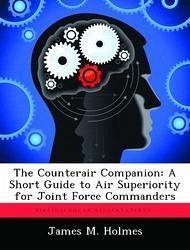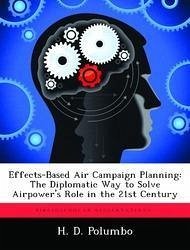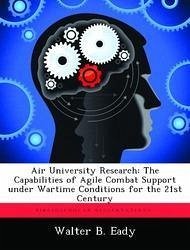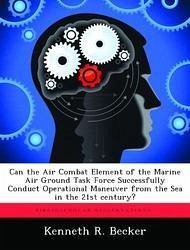Nicht lieferbar

Eagle Plus: Air Superiority Into the 21st Century
Versandkostenfrei!
Nicht lieferbar
The objective of this study was to determine if the F-15C could sustain the air superiority mission into the twenty-first century. Research focused on the three pillars of military capabilities as outlined in Air Force Manual 1-1. It analyzed F-15C short-term readiness factors, the F-15C force structure applied to a two Major Regional Conflict (MRC) scenario, and the need for F-15C subsystem upgrades. This study resulted in three conclusions. First, F-15C readiness is adequate, but funding shortfalls and poor subsystem reliability has decreased the fully-mission-capable rate. Although the fund...
The objective of this study was to determine if the F-15C could sustain the air superiority mission into the twenty-first century. Research focused on the three pillars of military capabilities as outlined in Air Force Manual 1-1. It analyzed F-15C short-term readiness factors, the F-15C force structure applied to a two Major Regional Conflict (MRC) scenario, and the need for F-15C subsystem upgrades. This study resulted in three conclusions. First, F-15C readiness is adequate, but funding shortfalls and poor subsystem reliability has decreased the fully-mission-capable rate. Although the funding shortfalls were reversed, poor reliability in the radar, propulsion, and structure subsystems continue. Second, the current force structure of 300 operational F-15Cs is adequate for a two-MRC scenario. The involvement of a peer competitor, such as Russia or China, overextends the current F-15C force structure. Third, the F-15C can fly to 2010 or beyond if the radar, engine, and structure subsystems are modernized.













